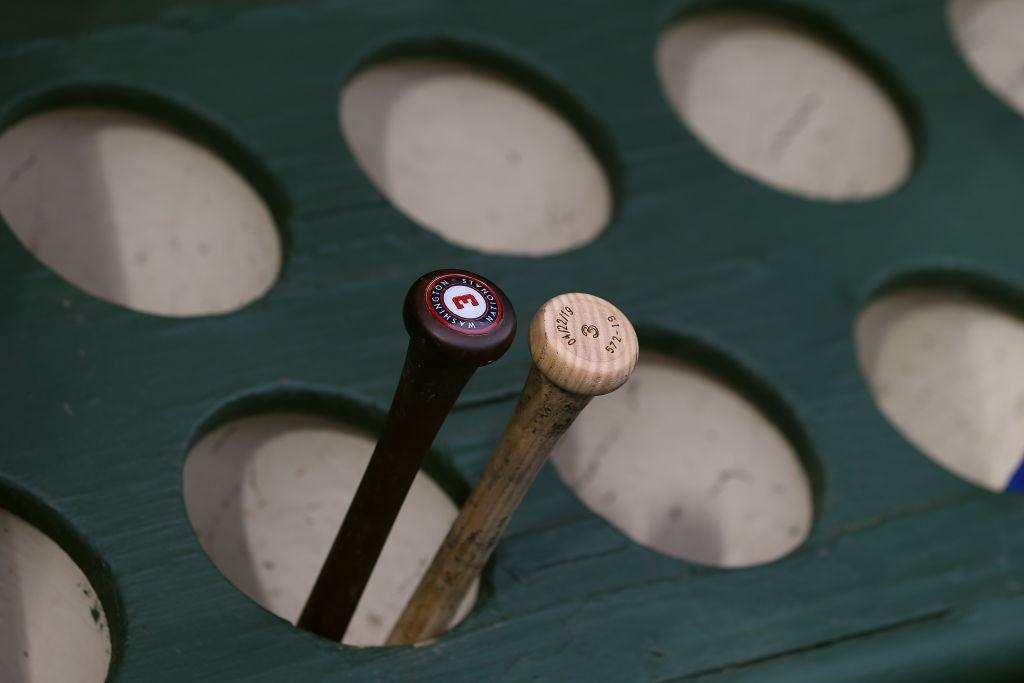MLB
How Much Do MLB Bats Weigh and Do Players Buy Their Own Bats?

MLB fans may think a batter’s skill can be explained by their physical fitness and ability to track a ball and hit it where they want. But other factors go into it, too. From their stance to routine, batters know what’s needed to hit the ball with prowess. Lost in all of this is, perhaps, the most important factor regarding batters: the bats themselves.
The importance of the bat
The league regulates what materials a bat can be made of and what players can and can’t do to gain an advantage. Within those confines, however, players have the freedom to pick the weight and length that best suits their style.
A player with great arm strength may want a heavier bat that can send a ball out of the park; a speed or fundamental-based player may want a lighter one that can get them on base with an infield hit.
Bats must be made with a single piece of wood that’s not been tampered with past regulations on the inside or out. MLB bats must also maintain the natural color after being treated. No paint or other markings can compromise the integrity of the bat past the handle.
There are obvious no-nos that occasionally make their way into baseball discourse when it comes to pine tar placement and cork bats. However, as long as the bat is an approved brand and make, every batter has unique desires when it comes to their tool.
How big can an MLB bat be?
The MLB rulebook states that a bat can’t be more than 2.61 inches in diameter and 42 inches in length. All of the bats must be completely smooth; they can’t have any lamination or other banned additions that could give the batter an unfair advantage.
As far as weight, the minimum weight is a bigger deal to the MLB than the maximum. Players are more likely to prefer a bat at the lower end of the weight requirement, 32 ounces, than they are to select a bat at the 54-ounce maximum.
How do players acquire bats?
Rumors circulate about players buying their bats. According to Baseball Boom, while it’s not illegal for players to do so — many have done just that — the standard MLB practice is for manufacturers to supply bats. Players who swing certain bats and succeed are, perhaps, the best advertisement a bat-maker could have.
Those who do not have specific endorsement deals can typically get their bats through their team. After all, it isn’t a massive investment when compared to money these players get. Those who decide to buy their own bats are not restricted from doing so. But they must ensure they adhere to the MLB bat protocol.
As far as the number of bats used throughout the season, it all depends on the player. A large slugger is more likely to bust a few clubs and wear them out; a smaller player who doesn’t wear down the bat with home runs and powerful hits could survive on one bat for weeks, if not longer.
Just as a basketball player wants certain shoes, baseball players must know which bat allows them to perform best. It’s fascinating to see how many rules and regulations they must work with to choose the tools of their trade.
Follow more updates from Sportscasting on our Facebook page.











